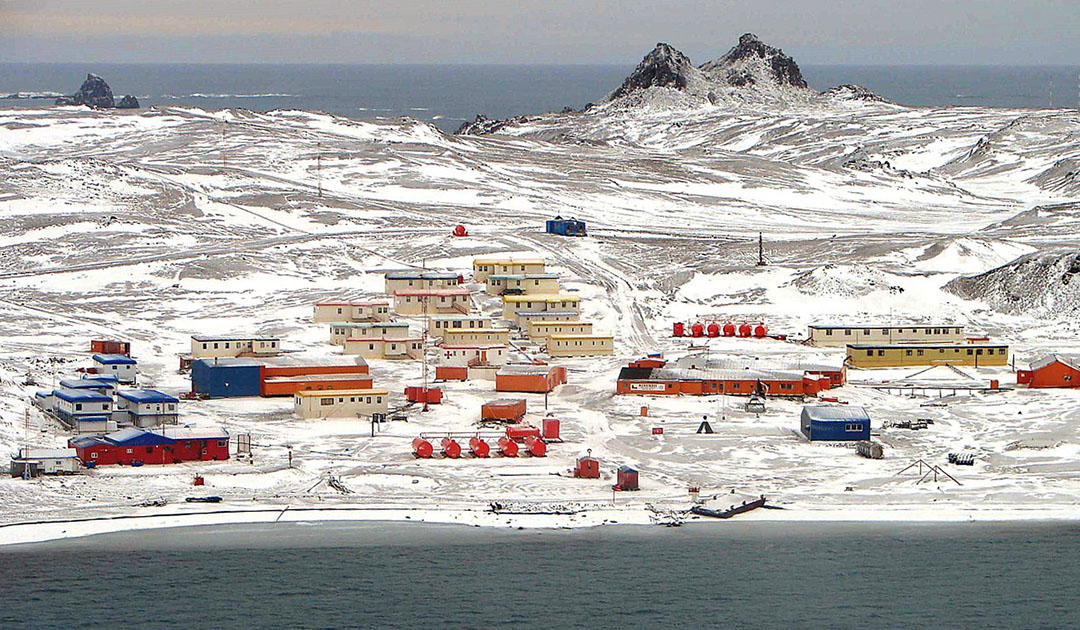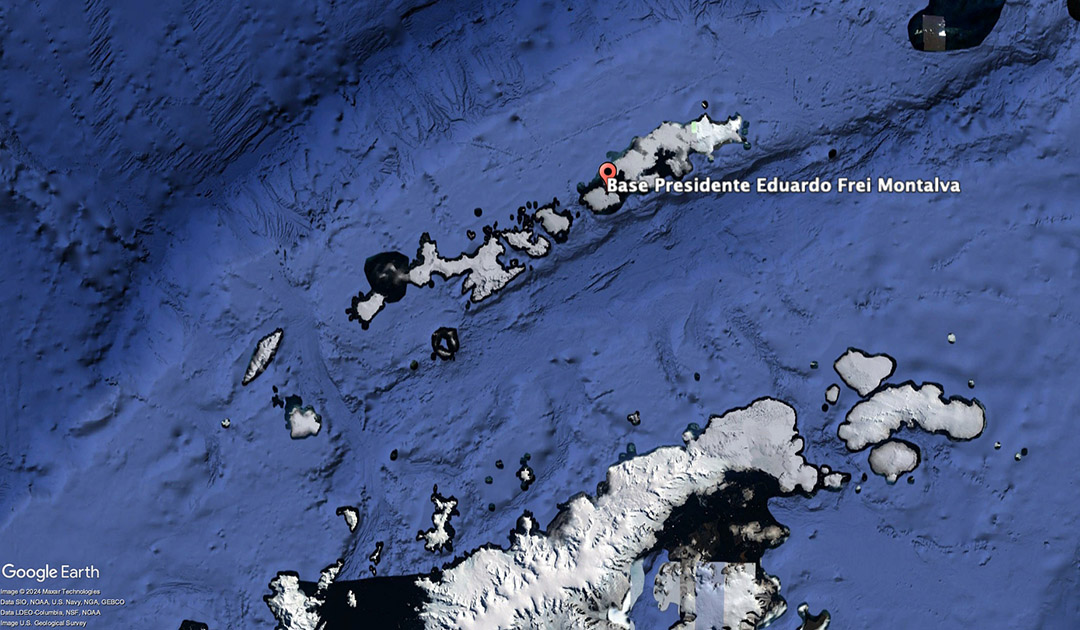
Chilean mobile communications company Entel has been the first provider to offer 5G connectivity in Antarctica since mid-March.
Villa Las Estrellas – the civilian, year-round settlement on the Chilean station Presidente Eduardo Frei Montalva on King George Island – has been equipped with the latest 5G mobile communications standard since mid-March 2024, as the company Entel announced on its website. The launch of 5G in Antarctica took place as part of celebrations to mark the 40th anniversary of the settlement.
“Deploying 5G in Antarctica has been a major challenge, especially from a technical perspective, and we are very proud to say that we have been global pioneers in providing a public 5G network for our customers, especially in these times when connectivity and communications make a huge contribution to people’s quality of life, especially in such geographically remote places,” says Antonio Büchi, CEO of Entel, in the March 18 press release.
The upgrade means a quantum leap for the 191 residents of the village (in summer, around 80 in winter) as well as for the bank, the post office, the library, the hospital and the church. The new mobile phone and data connection not only facilitates processes and management in the areas of logistics, transport, communication and health, but also the work of the scientists. Previously, they had to manage with 2G, which was also provided by Entel in 2005.

“We hope that this important milestone will lead to significant improvements in connectivity on the white continent and provide important support for the community working in this area and for the scientific activity that is strongly represented in Antarctica,” said Büchi.
One of the most important benefits of 5G for the people of Villa Las Estrellas is certainly that they will finally be able to use all modern means of communication, such as video chat, to stay in touch with their families and friends. In addition, they can now also use digital television.
“The residents of Villa Las Estrellas told us how different it is for them to now have a video conference, to do their homework with their children who are on the mainland and to maintain a much closer connection in this way,” said Juan Carlos Muñoz, Chilean Minister of Transport and Telecommunications, who traveled to Villa Las Estrellas especially for the celebrations and the launch of 5G.
According to Büchi, the service should also benefit the tourists who visit the station every year. However, they need a SIM card from the company and a 5G-capable cell phone.

Entel also invested 345,000 US dollars in 3G and 4G technology alongside the deployment of 5G to improve capacity at the station and therefore the user experience. “Today, Antarctica has a stable connection, just like someone in Santiago,” says Büchi. However, he notes that surfing the Internet is not the same as on the Chilean mainland, as the connection is via satellite and not fiber optics.
It will be some time before there is a fiber optic cable connection from Chile to King George Island. However, according to telecompaper, the Chilean telecommunications regulator Subtel already secured funding for a study on the feasibility of an undersea cable in October last year.
Julia Hager, PolarJournal
More about this topic:





